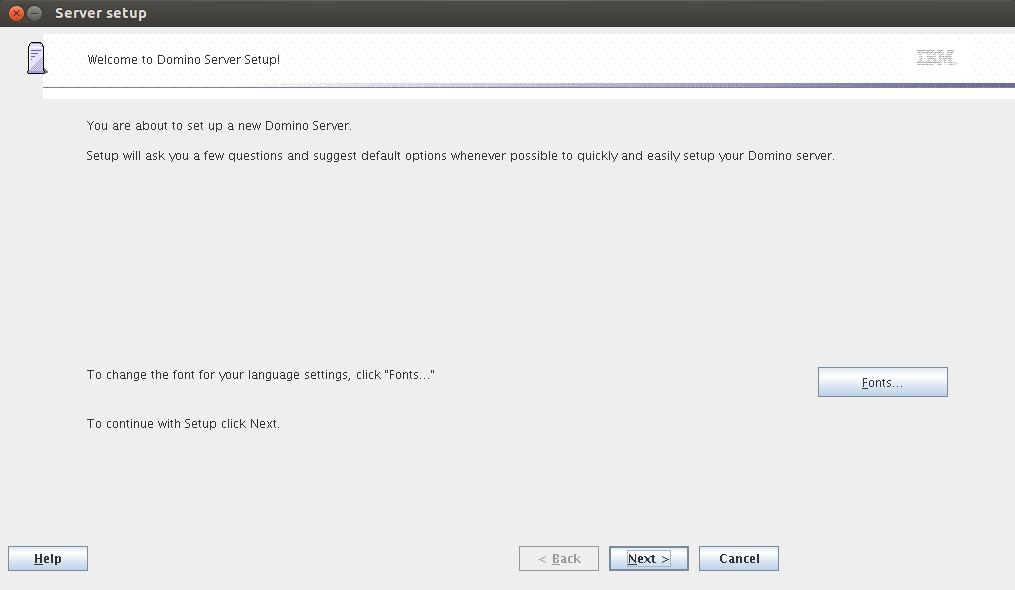my posts
I keep this blog to write down stuff I ran into along the way.Regular expression to extract the common name from a DN
During a Sametime migration project, I needed to edit text files to perform the name change. In particular, I needed to extract the Common Name from a Notes Name to use as the new Displayname. In this case, I used Notepad++ : the challenge being to extract the “CN” from a name like this :
Read more ...Sametime 9 Meeting Server : change the username when recording on Linux

If you did not use the correct userid during installation (Install Sametime 9 on Linux : the Meeting Server) for the Recording server, or you want to change it later on, you need to make changes in several locations :
Read more ...Autostart the Sametime WebSphere servers
You can use the wasservice.sh to create the start scripts.
We did a non-root installation, so we want to start the WebSphere servers as that user. You will however need to run the wasservice.sh as root (because it needs to create the Linux services) (or use sudo of course).
Installation Sametime 9 on Linux : the Sametime Proxy
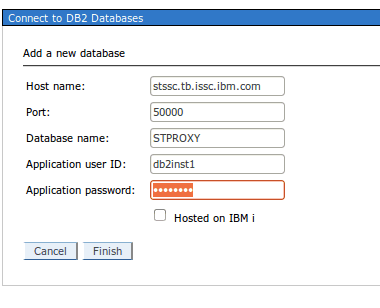
Non root installation of Sametime 9 Proxy server
In the wiki, it states that you need to install using root. I do not know why this is, since both Installation Manager and WebSphere Application Server can be installed as non-root .
Read more ...Debug Sametime 9 Screen Sharing problem on Linux (Ubuntu 13.04)
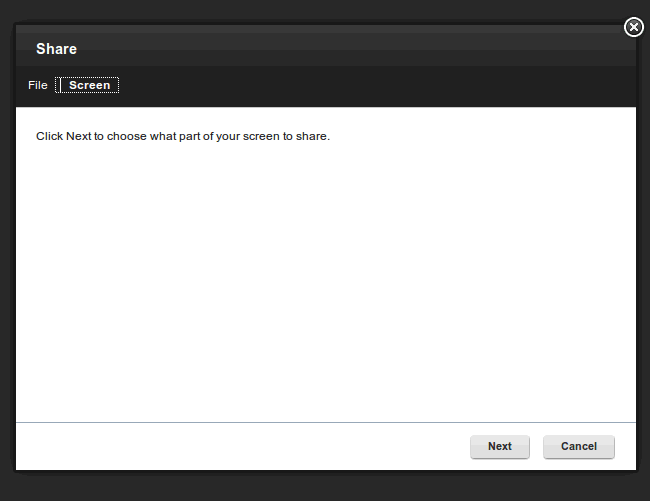
On my Ubuntu 13.04 desktop, screen sharing did not work. It should however work.
Read more ...Add disk to running Linux virtual machine (vmware workstation)
http://www.cyberciti.biz/tips/vmware-add-a-new-hard-disk-without-rebooting-guest.html
ls -lart /sys/class/scsi_host
echo "- - -" > /sys/class/scsi_host/host0/scan
fdisk -l
UDEV persistent net rules on CentOS
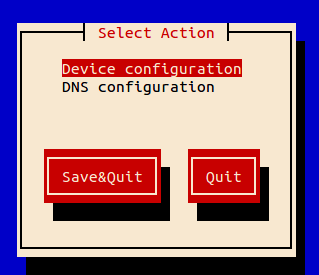
Udev makes sure that your devices always get assigned the same device identifier. For network devices, this means that a particular network interface will always be eth0, and the second one always eth1.
This makes perfect sense, except in my scenario : I use VMWare workstation with 1 virtual machine that functions as my “template”. I keep this up to date with regards to CentOS version and VMWare tools, and also my ssh keys etc. Creating a new Virtual Machine is as simple as copying this “template” (actually the name is “cloning”).
Installation Sametime 9 on Linux : the Meeting Server (updated)
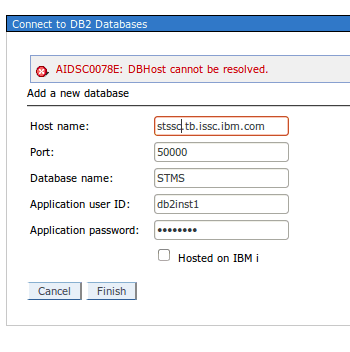
Non root installation of Sametime 9 Meeting Server
In the wiki, it states that you need to install using root. I do not know why this is, since both Installation Manager and WebSphere Application Server can be installed as non-root .
Read more ...Installation Manager : use the online repositories
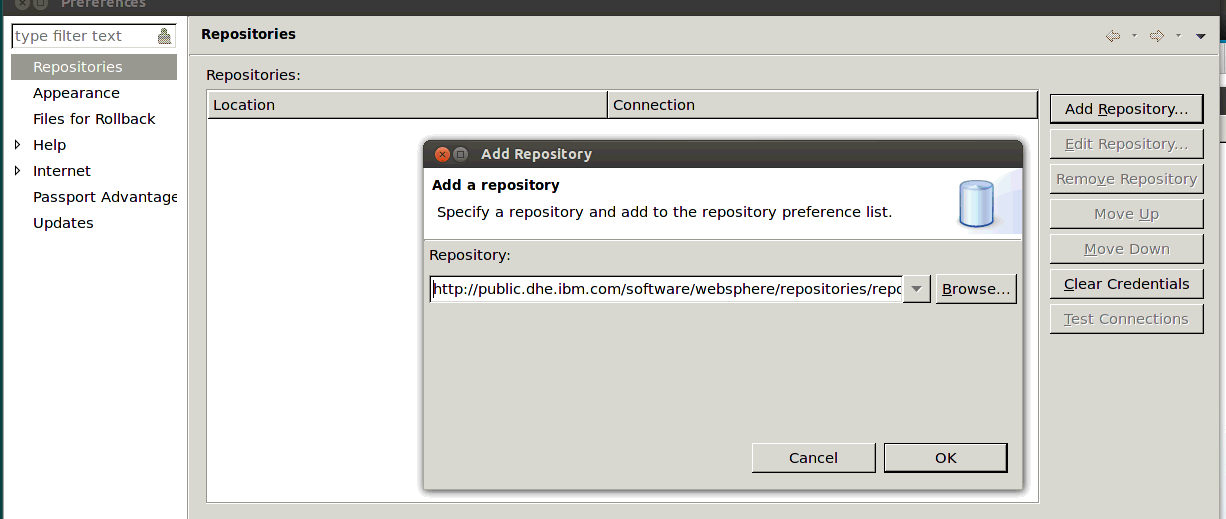
To use the online repository (PPA), you need to create a keyring file first using the (graphical) IM (as the user was)
Read more ...Domino 9 setup for Sametime - silent setup using .pds file
Configure Domino using a silent setup file
Read more ...Install Sametime Community Server 9
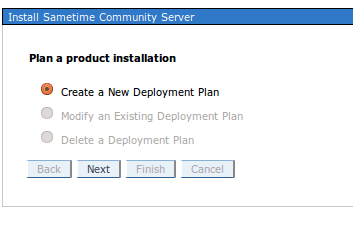
Root required for installation
Although the main goal of this series , is to install Sametime as non-root, for Domino it’s not possible to install as non-root.
So I’ll use root to install Domino here.
Prerequisites :
Read more ...